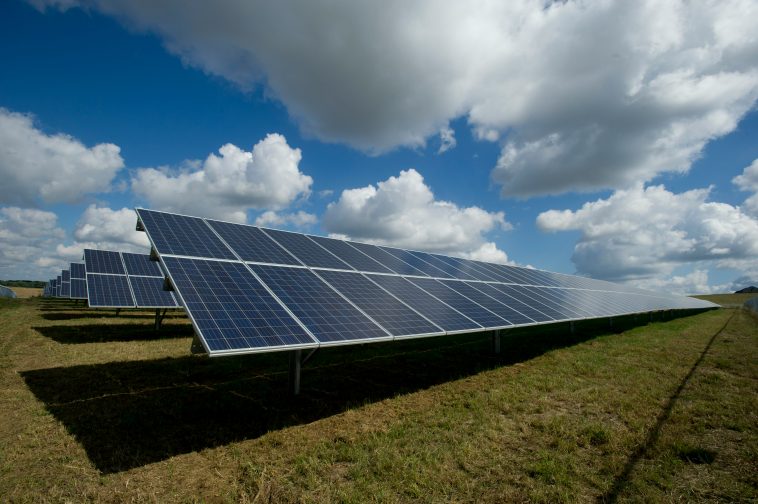Namibia’s state-owned utility, NamPower, has entered into an agreement to develop the nation’s largest solar power plant, valued at N$1.6 billion (US$89 million), in collaboration with two Chinese companies.
The 100 MW Rosh Pinah plant will be designed and constructed over 18 months by Zhejiang Chint New Energy Development and China Jiangxi International Economic and Technical. Commercial operations are expected to commence in the second quarter of 2026.
This project aims to support economic growth, stabilize potential electricity tariff hikes, enhance Namibia’s energy independence, and promote environmental sustainability.
Given Namibia’s reliance on power imports from countries like Zambia, Zimbabwe, and South Africa’s Eskom, this development is crucial. Reports indicate that Namibia’s power purchase agreement with Eskom is set to expire in 2025.
NamPower will finance the remaining portion of the project from its own balance sheet, while the German development bank KfW will provide 80% of the N$1.4 billion (US$78.33 million) required.
In August 2024, a consortium of Chinese firms, led by China Harbour Engineering Co., signed a deal to build a 100 MW solar project in Botswana, another Southern African country. This plant, expected to be completed by the second quarter of 2026, is projected to cost US$78.3 million and will be Botswana’s second utility-scale renewable energy facility.
Additionally, the contractor selection process for Ghana’s first nuclear power plant, set to begin construction by December 2024, kicked off in May 2024. China National Nuclear Corporation is among the contractors bidding for the project.
Meanwhile, South Africa, home to the continent’s only nuclear power station, Koeberg, seeks to add 2,500 MW of new capacity. In July 2024, Eskom was granted approval to operate one of Koeberg’s two units for an additional 20 years, extending its lifespan to July 2044.
According to research, Namibia’s total annual electricity demand is projected to reach 600 MW, with an annual growth rate of 5%. However, the country’s current generating capacity is only around 500 MW.
The new solar facility will add an additional 100 MW to Namibia’s installed power capacity.





